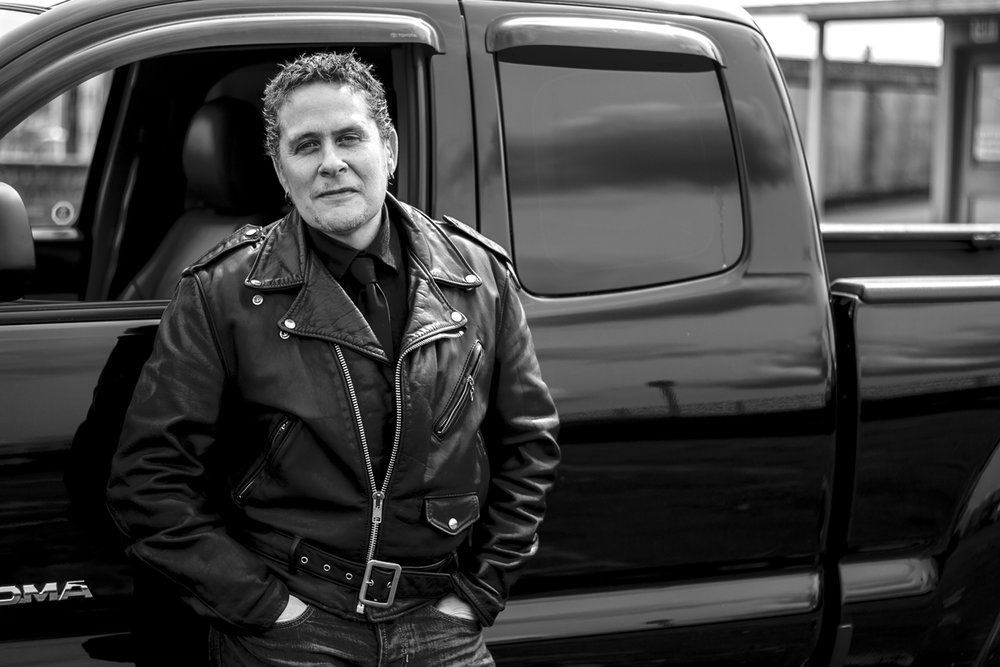Elizabeth Holliday– Sad Mag– June 18, 2018
Over the past 10 years, the Queer Arts Festival (QAF) has staked its place in the histories of Vancouver and the world. Beginning in 1988 as a volunteer-run community arts show through artist collective Pride in Art (PIA), and now one of the top festivals of its kind worldwide, the QAF and its precursor has a total of 20 years of showcasing queer art in Vancouver under its belt. With this year’s theme—DECADEnce—the QAF celebrates their anniversary and looks to the future while honouring the past.
Since its early days, the QAF has striven for representation of and professional opportunities for queer artists. SD Holman, the festival’s Artistic Director, got involved with the organization because there “wasn’t a place for [them] in the art world, a butch doing a lot of work around identity, and [they] wanted to make a space for other artists to show their work in a professional context.” Holman has been involved since the beginning, when PIA was run by Two-spirit artist Robbie Hong. They began working in an organizational capacity as PIA gained not-for-profit status in 2006, and soon it became a full-fledged professional festival. Holman was hired as Artistic Director, and the team have been “working [their] assess off” ever since.
Plenty has changed in the last 10 years, with perhaps the biggest change being recent establishment of the QAF’s first permanent location, the SUM Gallery in Chinatown. SUM is “the only dedicated queer visual arts gallery in Canada,” Holman relates. They express how important it is to the QAF that the space does not contribute to displacement in Vancouver’s Downtown Eastside neighbourhood. The building that houses SUM has sat unoccupied since the 1980s, and the festival organizers intend to assistin the neighbourhood’s current struggles against gentrification. Along with translating all materials into Chinese and establishing community partnerships, they intend to fight with art: “The first show that’s in there, Karen Lee’s show, is really addressing some of [those tensions],” says Holman. “She’s fourth-generation Chinese, she grew up in that area, and her work is really talking about the Chinese experience and dysphoria and displacement.”
The importance of providing a dedicated space for queer art is manifold and has always been the centre of the QAF vision. As Holman shares, “We believe that art changes people and people change the world. Art is really the first step to revolution.” They share a quote from artist and composer Barry Truax, whose work is receiving a 30-year retrospective at this year’s festival: “Art is said to mirror society, but if you look in the mirror and see no reflection, the implicit message is that you don’t exist.” The Queer Arts Festival holds up that mirror, while tapping into the “visceral power of the arts” and inciting change.
This force of change extends into the festival itself. From its visual art beginnings, it has grown to include transdisciplinary works in a wide breadth of formats, including media art, music, and theatre. Maintaining their community roots, the festival still features an open community visual art show, as well as a central curated exhibition, along with a constellation of other presentations and performances. And the aim of providing professional opportunities for queer artists and youth goes beyond exhibition; the QAF has recently made mentorship a central part of their operations, enabling them to build up their community while creating opportunities for a variety of skillsets: “We find with all marginalized folks, [they] sometimes don’t have the same access to education, and of course we still live in such a misogynist world and racist world—we are not necessarily given those kinds of opportunities,” Holman shares. “Coming from our own experiences, [we know we need to] make those opportunities available.”
“Youth are our future,” they stress, “I think teachers are the most important professionals.”
This year’s theme of DECADEnce honours and explores the legacies of queer artists who have blazed a trail for the modern generation. Holman expresses how important it is that queer youth “know their elders and know their history.Their histories are erased over and over and over again. If we knew throughout history that most of our [creative] masters were queer […] how could there be homophobia? How could there be queer youth having the highest homeless and suicide rate if we knew these things?” The curator of this year’s Visual Arts Exhibition is Valérie d. Walker, an interdisciplinary multimedia artist whose work deals with environmentalism, technology, and gender. “A lot of my work revolves around time,” Walker says, “so it was very interesting for me to come for the 10th anniversary of the QAF and the 20th of PIA. We’re at a time when there’s a lot of other anniversaries going on in queer art and many artists are being lost to us now.” As a teacher at Emily Carr and Concordia University in Montreal, Walker expresses surprise at the lack of historical knowledge in younger queer artists. “A lot of the artists that I’m dealing with, the ones that are now in their 60s or older, are achieving a certain level of fame, but at the same time most of their life and their practice has been built on trying to find ways to just exist in the shadows,” Walker shares. “It’s about appreciating the precariousness of our position in time and pushing it forward. This feels like a time when cycles are changing, and it’s time to pass on a lot of knowledge to the next generation so that we can continue from a strong place.”
Walker has curated a selection of works from both established and emerging artists, including General Idea member AA Bronson and Carl Pope. “What I said to everyone was, “this is our anniversary, this is our chance to stand in the public and say it took us so long and we’re here and we’re going to keep going. What do you have in your art archive that you’ve never shown anyone, but that conveys your sense of being a queer, gay, out there artist, and show me that.”The results of this entreaty include some never-before-seen works by foundational Canadian artists, sitting amongst works by artists for whom DECADEnce marks their first professionally curated show. Syrus Marcus Ware and Dayna Danger, as well as installation artist Chandra Melting Tallow, are just a few of the many diverse creative folks.“In the form of results,” Walker says, “it’s been my best curating practice so far.”
Yet with a roster so full of incredible artists and work, “the biggest struggle,” SD Holman says, is “getting people to come to the shows. It’s hard to sell a festival called ‘queer.’” They cite recent events wherein artists’ friends refused to come to the festival, and artists’ agencies intentionally left QAF bookings out of their tour listings. “We still struggle with getting recognition and respect because we chose to call ourselves queer,” Holman says, but “the artists are so happy to be in a place where they can be one-hundred percent themselves.” Ultimately, providing that kind of space is what the history—and future—of the Queer Arts Festival is all about.
The Queer Arts Festival runs from June 16 to June 28. More information can be found on the QAF website. We hope to see you at some of their excellent upcoming events, gazing at art and meeting new friends!

